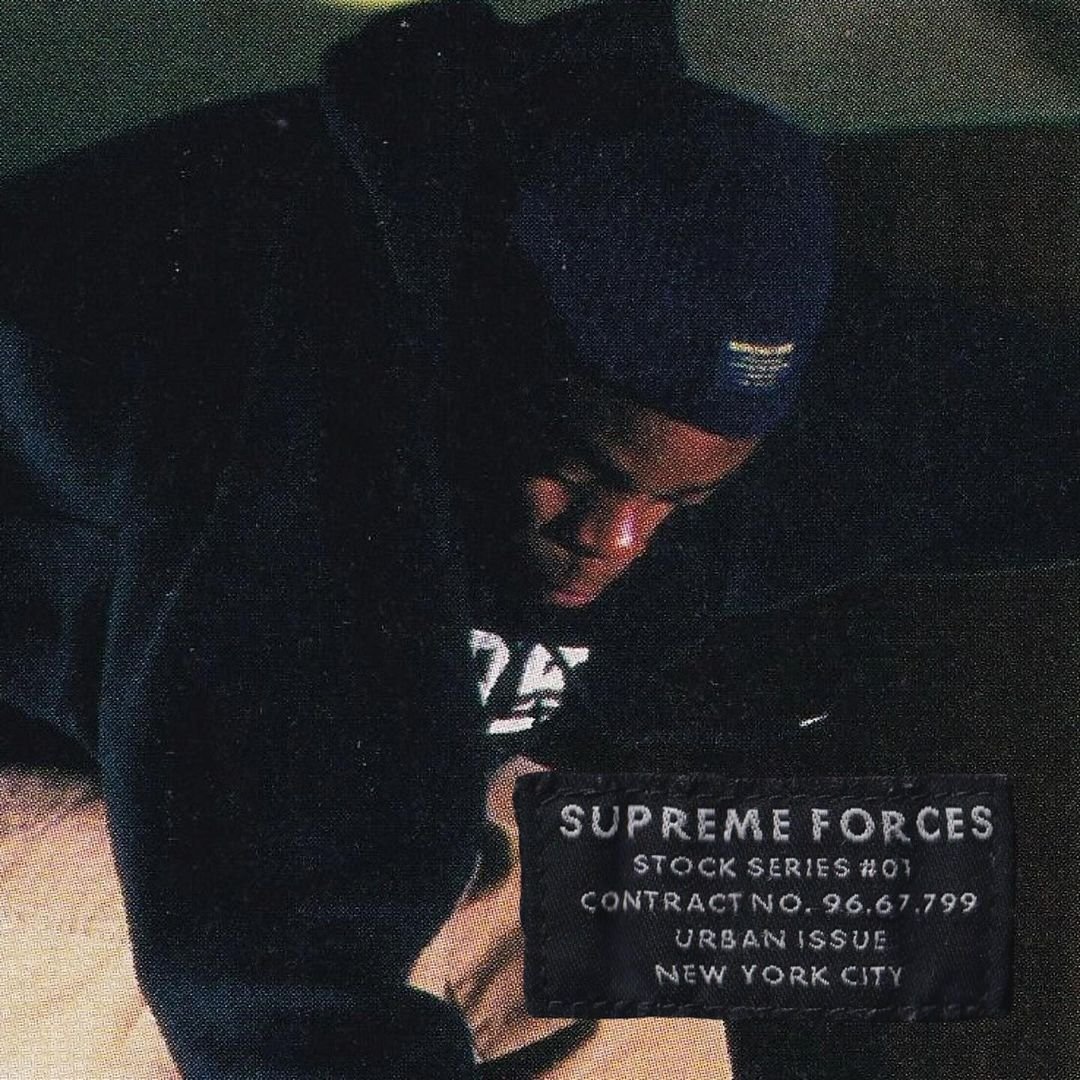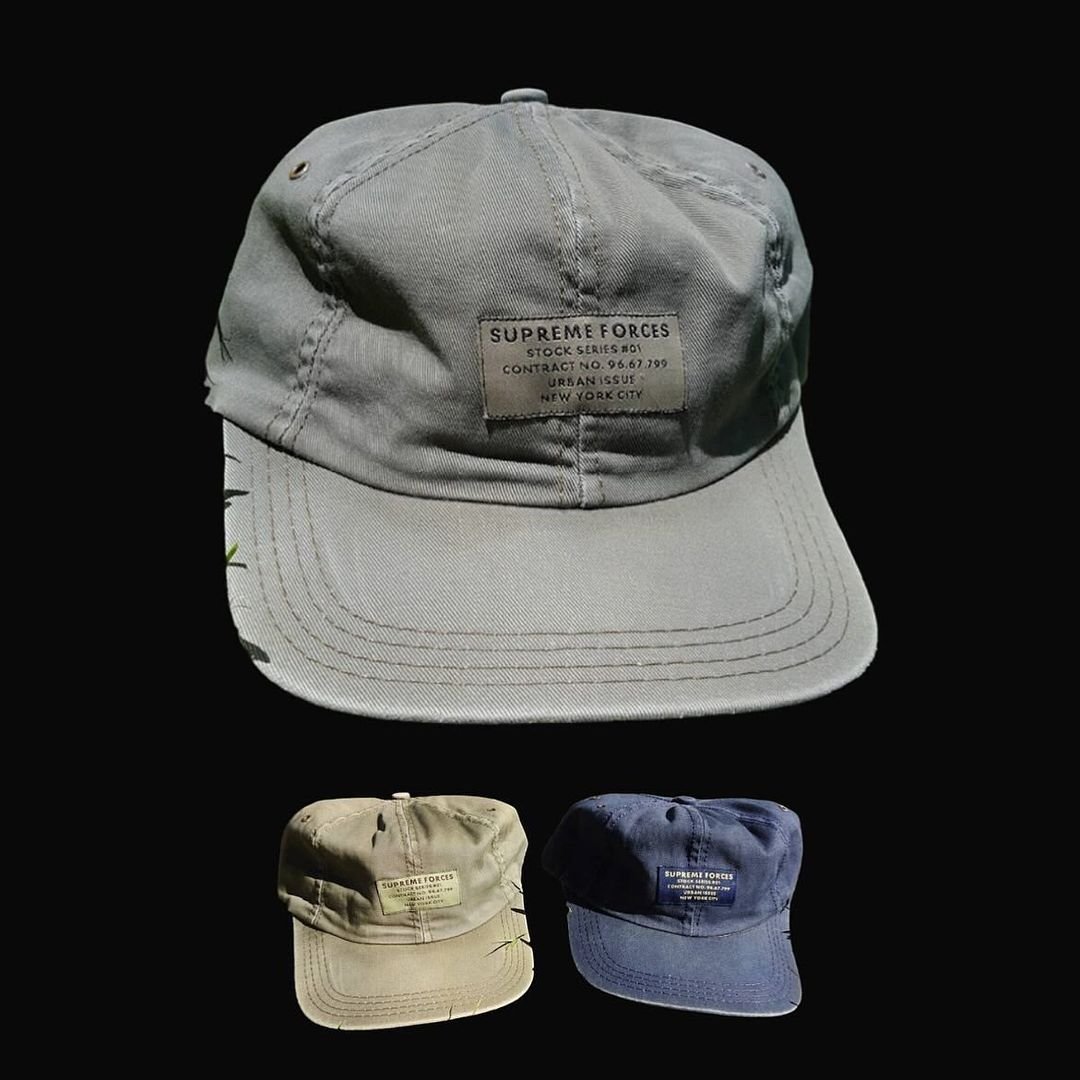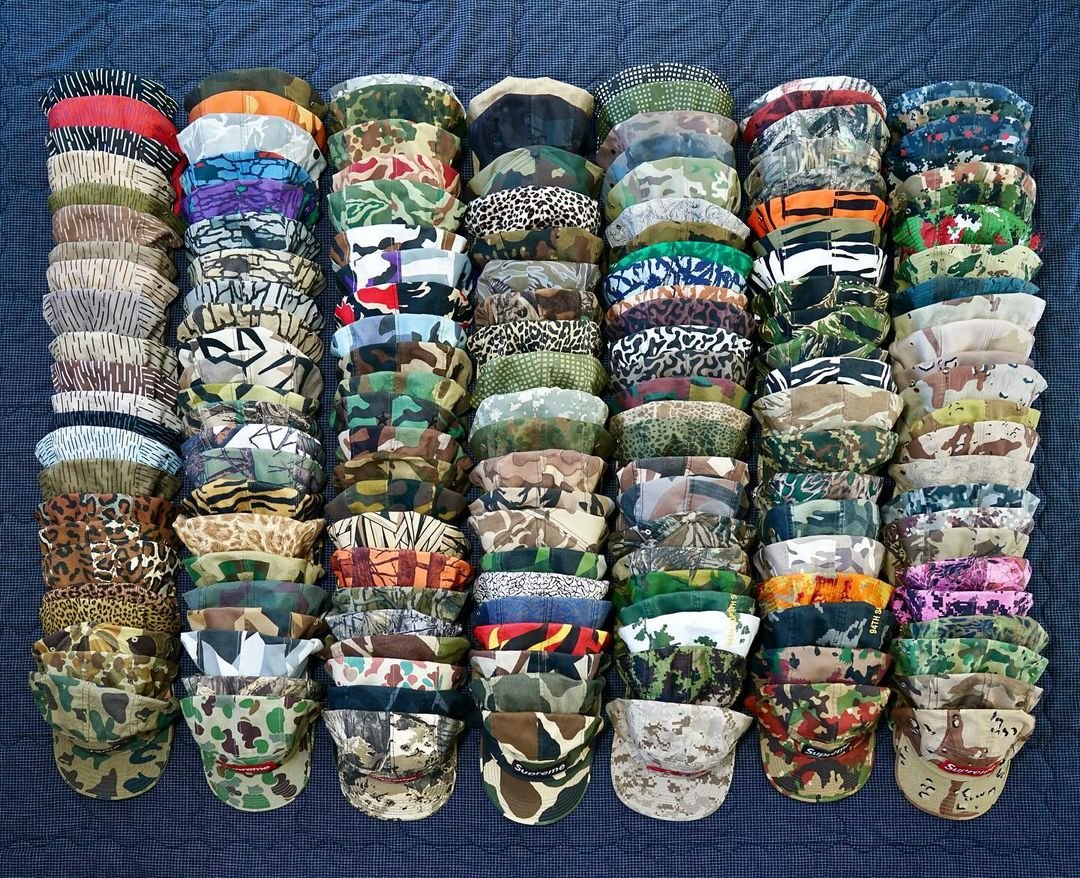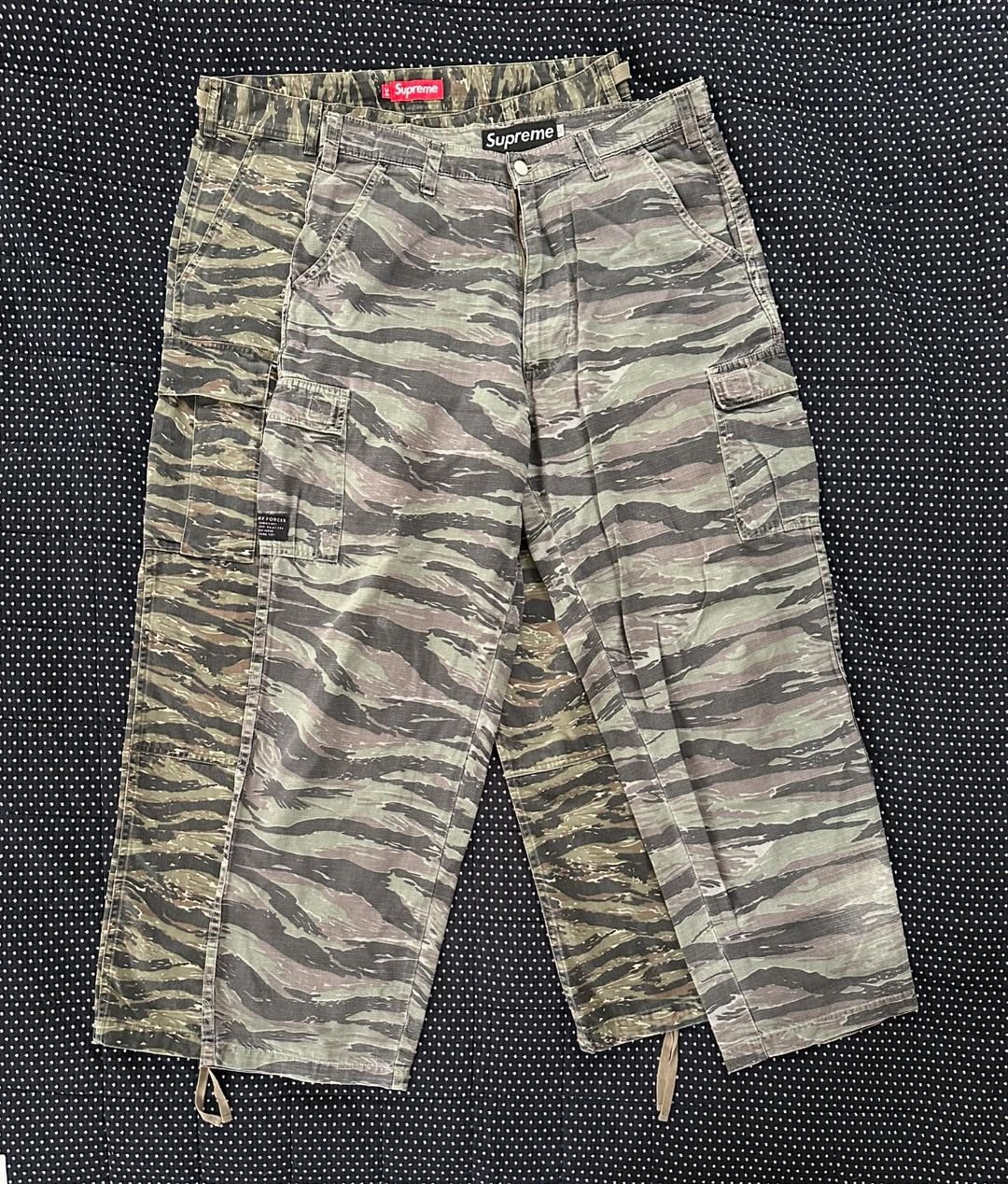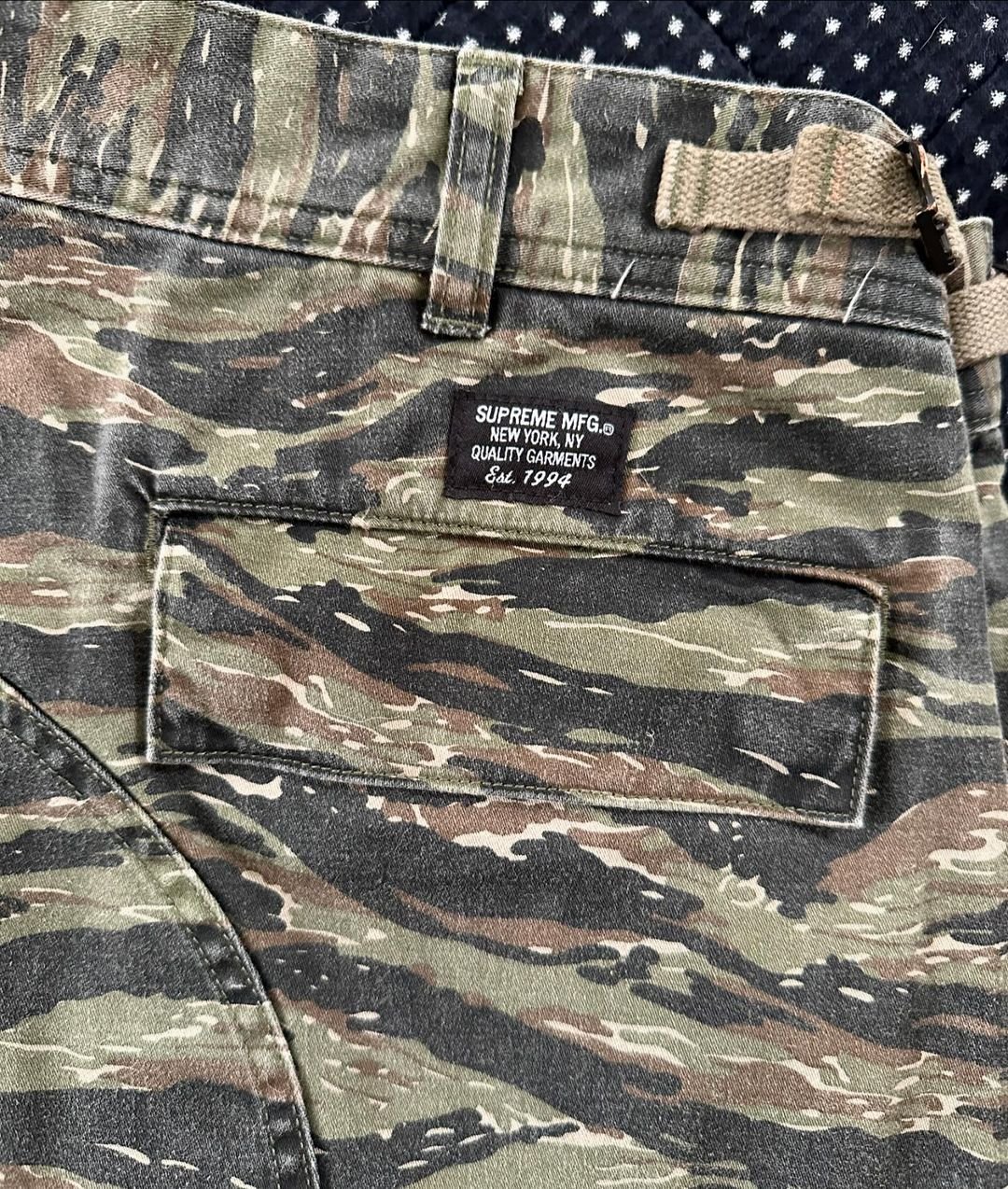The Enduring Legacy of Streetwear: Nostalgia and the Impact of Supreme, Union, and Stüssy for Aging Collectors
Streetwear, once a subcultural movement born on the streets of urban America, has evolved into a global phenomenon that transcends generations. For aging collectors and brand loyalists who were there in the beginning, streetwear represents more than just clothing—it embodies a way of life, a philosophy of authenticity, and a reflection of their youth. The time spent gatekeeping, the weird toxic masculinity, and the sexism that pervaded the community were all part of the growing pains of an old subculture making its way through a modern and ever changing structure of late stage capitalism. Streetwear is, at its core, still an industry that needs to make money, selling an aesthetic back to a community that already lives it. And it would be a mistake to think that a subculture that prides itself in “thinking differently”, would not fall to trends and gimmicks that would have a short shelf life and age like milk. As the industry and its community goes through the growing pains of the ever changing American political climate, we can see brands “pander” to a new demographic outside of cis, mostly white, straight men and boys who are now seeing the changes of their subculture in real time. The dust would settle, though, and the brands would eventually hit a wall. The products and design language would no longer have the same quality and spark that they used to. It seemed to just be pandering to….we never really knew. Everyone was pretty much confused at what was streetwear and what wasn’t.
Now and today, the feeling and war beat that these brands had back in the day are now at the forefront of everyone’s mind. It just took 10 years of horrible shit to finally realize that resellers and shitty ironic art no longer hold any weight. Nostalgia has now entered the community.
Instagram pages like @hellocoolteens, @ghincorporated, @ulterior_reconnaissance have popped up over the years and have drawn upon the deep archive of past ads, magazine articles, lookbooks, or just having the products themselves, to be able to weave together a history that newer streetwear heads can gaze at and be able to learn where all of this came from.
Each garment carries with it a story—a tangible reminder of moments shared with friends, idols, and fellow enthusiasts. The thrill of discovering a limited-edition release or scoring a coveted collaboration becomes a cherished memory, etched into the fabric of their personal history.
For aging collectors, streetwear represents more than just clothing—it embodies a way of life, a philosophy of authenticity and individuality that shaped their youth and continues to resonate with them today. Supreme New York, founded by James Jebbia in 1994, quickly emerged as a cultural phenomenon, embodying the raw energy and creative spirit of skateboarding, art, and underground culture. Its iconic box logo became a symbol of authenticity and exclusivity, appealing to a generation hungry for identity and rebellion.
The impact of Supreme New York, Union Los Angeles, and Stüssy on streetwear culture transcends their status as fashion brands. They have become cultural touchstones, shaping the landscape of music, art, and popular culture on a global scale. Supreme's strategic collaborations with high-profile artists, musicians, and brands have redefined the boundaries of streetwear, blurring the lines between luxury and underground, mainstream and counterculture.
Union Los Angeles' commitment to diversity and inclusivity has helped redefine the narrative surrounding streetwear, making it more accessible to a wider audience. Stüssy, with its roots in surf and skate culture, continues to innovate and push the boundaries of streetwear design, inspiring new generations of collectors and enthusiasts.
One brand cannot be without the other.
“Nostalgia is interesting, whats old is new etc. Fashion def shows that time and time again. What is streetwear even defined as now? In the mid 10's you could easily call it out as over the top clash, big colors etc - but none of that was fueled by social media which really didnt come into play until things like instagram really took hold in 2011, 2012. When I think about "Streetwear" I think of a dude in big jeans or milsurp woodland pants and a crewneck or quilted jacket haha. Camo and workwear looks have always been part of that genre.”
- @hellocoolteens click link
For aging collectors and brand loyalists who were there in the beginning, streetwear represents a journey through time—a reflection of their youth, their passions, and their values. Supreme New York, Union Los Angeles, and Stüssy stand as symbols of this movement, embodying the spirit of creativity, authenticity, and innovation that defines streetwear culture. As streetwear continues to evolve and adapt to changing times, these brands remain beacons of inspiration, reminding us of the power of self-expression and the enduring impact of streetwear on our lives.
Special thank you:



